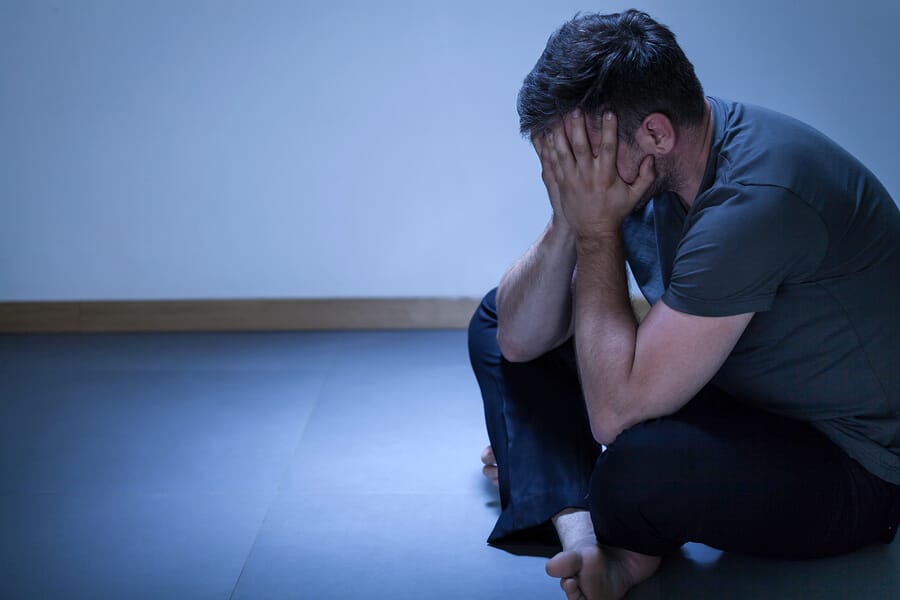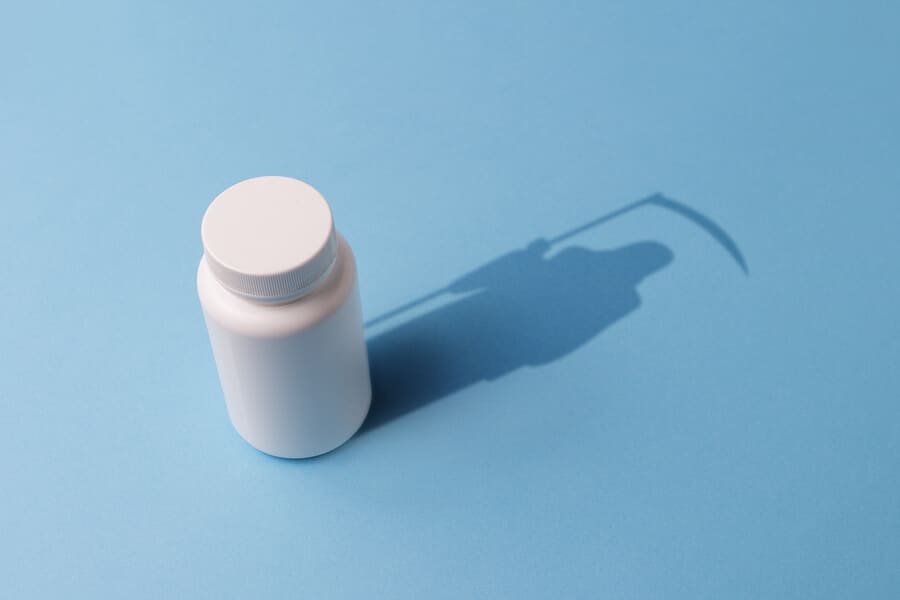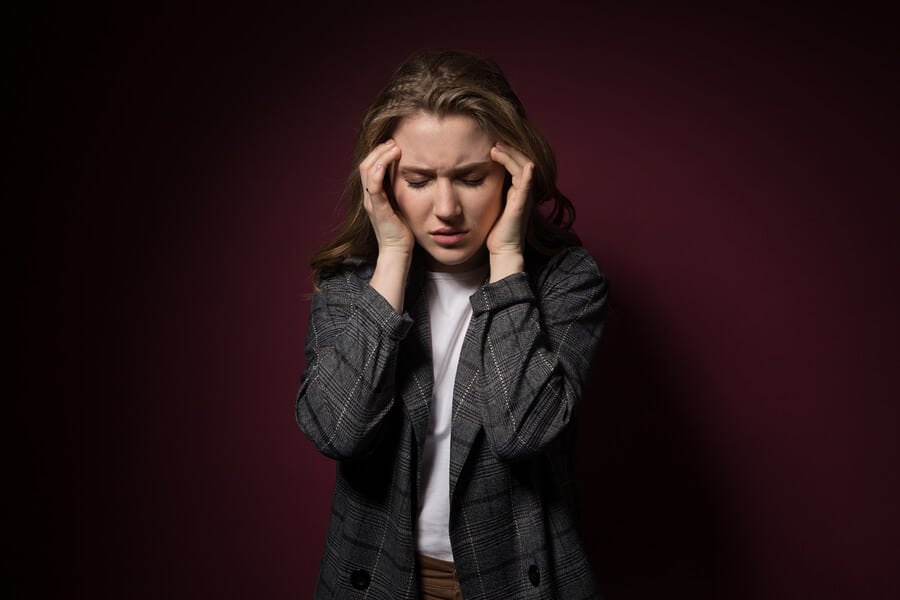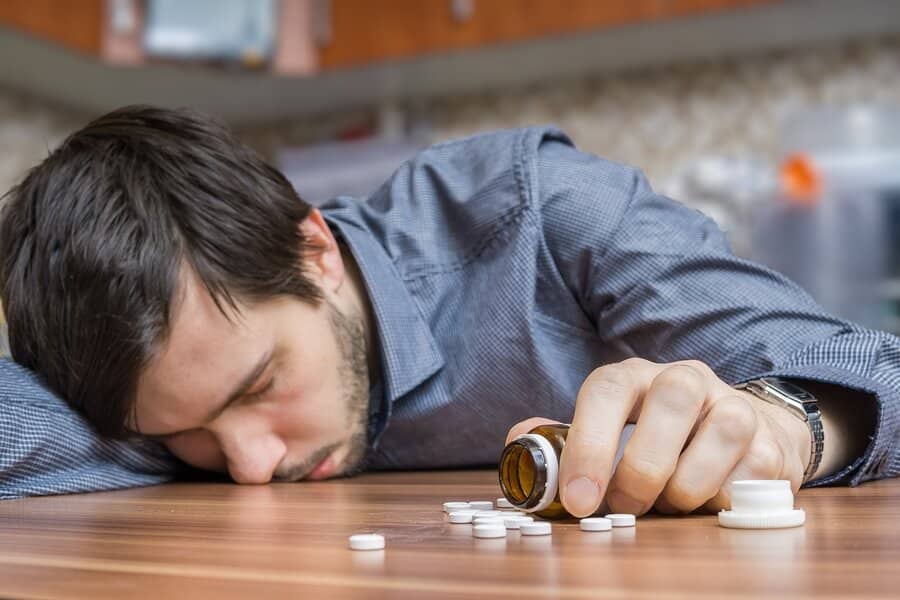
Marijuana and High Blood Pressure – High blood pressure, or hypertension, is a prevalent condition and one that is associated with many more severe problems. Fortunately, a person with this problem can reduce their blood pressure by making certain lifestyle changes. But, should those changes include refraining from the use of marijuana?
What Is High Blood Pressure?
High blood pressure is a condition in which the force of the blood pressing against the walls of the arteries is higher than it should be. When a person has high blood pressure, it means there is repeated, excessive pressure against the wall of their arteries. By some estimates, one-third of people in the U.S. over age 20 and two-thirds of people over age 65 have hypertension.
Symptoms of high blood pressure don’t usually appear until levels are very high. They can include headache, nausea, dizziness, and blurred vision.
When hypertension is left unaddressed, it can lead to severe health problems. When blood is pressing excessively on artery walls, it can induce damage to the blood vessels. This effects then contributes to cardiovascular disease, and it can damage vital organs.
Heart attack, heart failure, and stroke are all possible complications of high blood pressure that can be fatal. Other adverse effects of high blood pressure include aneurysms, blot clots, kidney disease, and metabolic syndrome.
There are many risk factors associated with high blood pressure, including the following:
- Advancing age
- Family genetics/history
- Being overweight or obese
- Being physically inactive
- Tobacco and alcohol use
- Eating a diet high in salt/sodium
Treatment options for people with high blood pressure depend on its severity. For instance, for those with slightly elevated blood pressure, basic lifestyle changes may be enough. For moderately high blood pressure, a doctor may prescribe medication for use in addition to lifestyle changes. With severe hypertension, a person may have to visit a cardiologist who will develop a treatment plan.
Marijuana and Blood Pressure
Research has firmly established a link between drinking alcohol and smoking cigarettes on blood pressure—and it’s not beneficial. But what about marijuana? One 2016 study found that “recently active cannabis use” was linked to an increase in systolic, but not diastolic blood pressure.
Researchers concluded the following:
“A modest association between recent cannabis use and systolic blood pressure” was identified among a large sample of U.S. adults, and that “…there [is] a need for pre-clinical, clinical and prospective population-based research on the cardiovascular effects of cannabis use.”
In fact, a small study from 1991 may support this contention. The researcher reported that “marijuana-associated alterations in systemic blood pressure resulted in vasospasm, leading to strokes in [two] patients.”
Of note, there are differences regarding marijuana and its short-term effect on blood pressure versus long-term changes. When a person first uses marijuana, they will typically experience a moderate elevation of heart rate and blood pressure. Following this effect, their blood pressure will fall again.
Furthermore, when a person has developed a tolerance to marijuana after using it long-term, they will usually stop experiencing the rise in blood pressure after consumption.
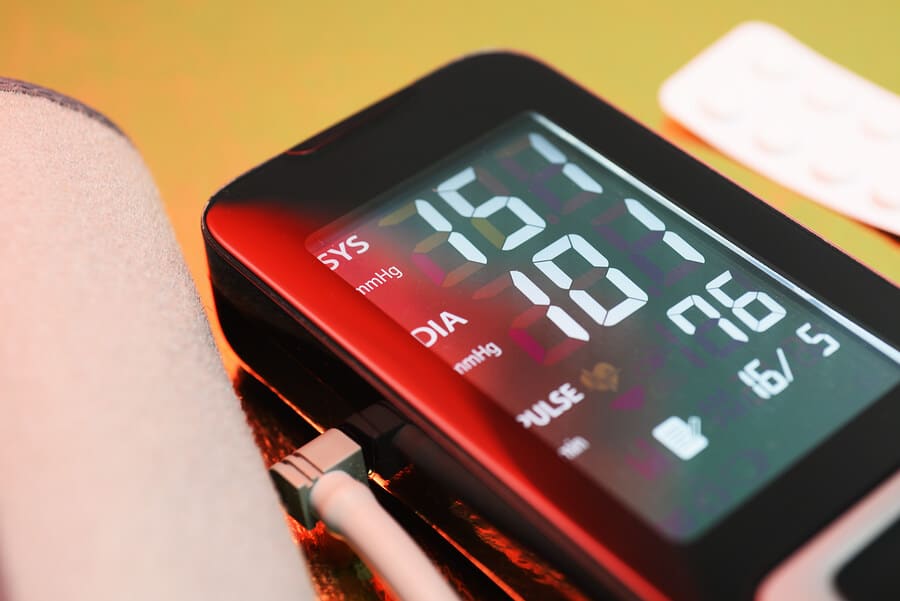
With all that being said, some conflicting evidence has associated marijuana with long-term cardiovascular risks, including higher blood pressure. But, in this case, does correlation equal causation? For example, the use of marijuana can increase appetite and reduce inhibitions. Those who use it chronically may make poor dietary choices, consume fattening edibles, and, a result, gain weight, which can increase blood pressure.
Chronic marijuana smoking, like tobacco smoking, can also be detrimental to cardiovascular health. This effect can make intense exercise more challenging. Marijuana use can also decrease a person’s motivation, causing them to be less active in general.
The Verdict
So, does marijuana use really cause high blood pressure? There has been some evidence to support this idea, but overall, it is not terribly conclusive. More research needs to be conducted.
Most certainly, however, blood pressure may increase briefly after use, especially among those who are new or casual users. Although this is temporary, those who already have hypertension may be at risk for acute complications.
In the end, if you are abusing marijuana and trying to maintain good health, you must realize that this drug does come with some health risks. Marijuana use is not as risky as the abuse of other drugs or alcohol, but as with any substance, it can result in side effects, dependence, addiction, and lead to adverse health consequences. If you experience cardiovascular issues after using marijuana, stop using it, and consult your doctor.
Treatment for Marijuana Addiction
Harmony Treatment and Wellness is a specialized addiction treatment center that offers comprehensive programs and evidence-based services beneficial to the recovery process. Using clinically-proven treatments, such as psychotherapy, counseling, and group support, we provide clients with the tools they need to recover from drug or alcohol addiction.
If you have tried to quit smoking marijuana in the past but failed, we can help. Contact us today to discuss treatment options so you can get back to living the fulfilling life you deserve!

